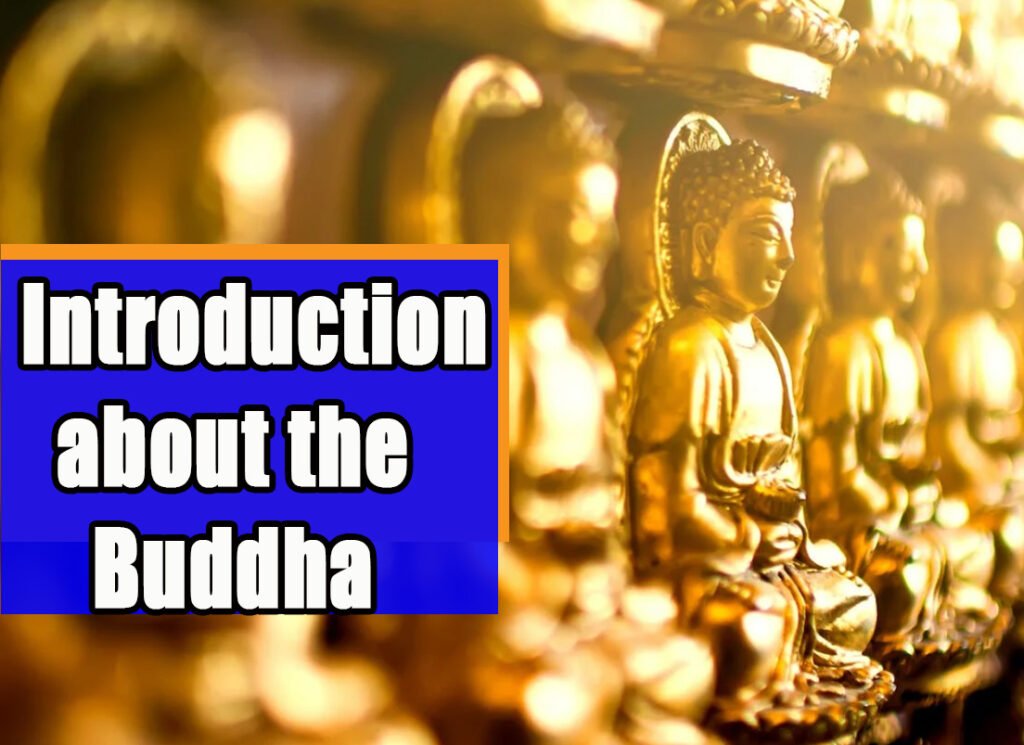
Introduction about the Buddha
The word “Buddhaparisada” (Buddhist) is the compound of two separate words, i.e. ‘Buddha’ in the Pali or Sanskrit language which means one who realizes hidden phenomena like The Four Noble Truths and so on up to the paths leading to the cessation of sufferings, the fruits and nirvana or one who is awake -mindful and clearly conscious all the time or one who is fully blooming like a lotus flower blooming all its petals -his mind is blooming because of the power of holiness as all defilements are eradicated, called The Fully Enlightened One, The Enlightened Being, The Supreme Teacher, The Lord, etc. who is generally known as the founder of Buddhism, and the word ‘Parisada’ in Sanskrit, ‘Parisa’ for Pali meaning a group of people assembling together or a group of people approaching someone or a place. In combination, the word “Buddhaparisada” means a group of people assembling together around The Enlightened Being or a group of people approaching The Fully Enlightened One.
In Buddhism Buddhaparisadas are of four kinds, i.e. the order of monks, the order of nuns, laymen, and laywomen. In Cambodia, the word “Buddhaparisadas”, we used to call lay followers of Buddhism, for the orders are rarely heard to be called Buddhaparisadas. In fact, we must be aware that the word “Buddhaparisadas” refers to both the orders and the lay people the orders consist of the order of monks and the order of nuns, and the lay people consist of laymen and laywomen.
Amongst the four Buddhaparisadas, only two are to be described in this booklet, laymen and laywomen, because the order of monks and the order of nuns have so many rules and disciplines to practice. Laymen and laywomen, also have rules and disciplines to practice, but in this booklet, I will bring some points that I find important and useful to Buddhists to describe and add extra explanations through my own knowledge and additional research.

